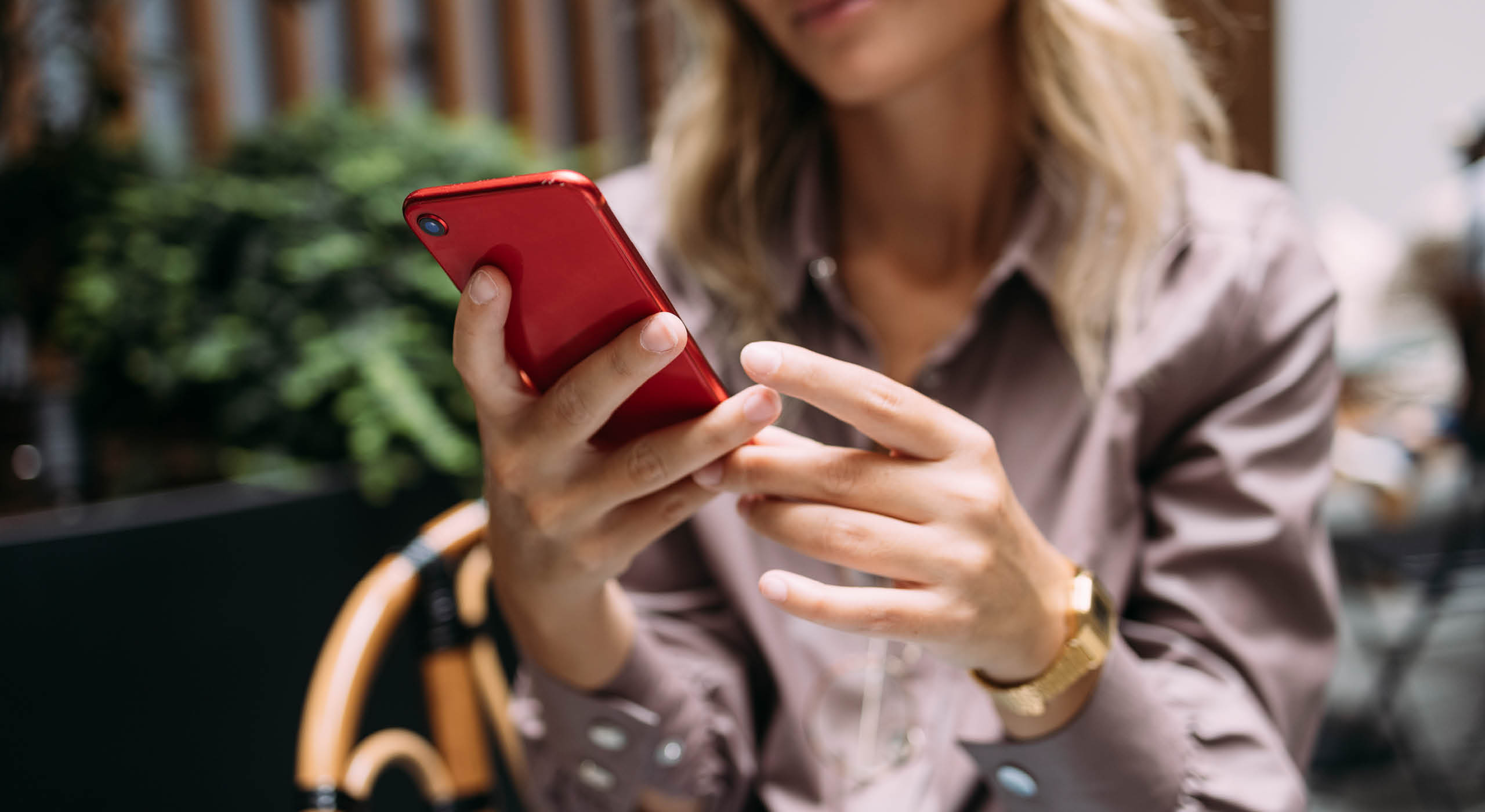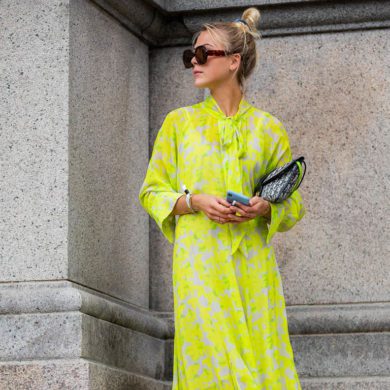The first photograph that “Joe” texted me was of a sheep with a newborn lamb in a scrubby paddock on his farm. “New life,” he captioned it. I interpreted it as a metaphor for our new relationship, which started after we met via an online dating site.
In the months ahead, Joe sent me countless more photographs – more paddocks (he was, he said, slashing “sifton bush” on his farm), his kids on a little wooden yacht, a rough shack (“abode”), and a photograph of his Land Rover deeply bogged in mud.
Each photograph and caption added weight to the story he had told me about his life – that he was a retired architect who now divided his time between a house on Sydney Harbour with a yacht moored below it, and a modest farm where he raised sheep for export.
There were many other things in his texts: sweet messages about how he was looking forward to seeing me and how he was devoted to me alone; tantalising banter about this and that; and messages that were elegantly suggestive.
Looking back on my relationship with Joe, I think now that I fell in love as much with his text messages as I did with him. When he would vanish as he did so frequently to deal with a crisis on his farm or an urgent business meeting, or to rescue his children from his apparently irresponsible ex-wife, I would often immerse myself in his back catalogue of text messages as consolation. They would reassure me that he was true, that we were solid.
Each photograph and caption added weight to the story he had told me about his life
It was a very false sense of security. After 14 months with Joe I decided I could no longer cope with his vanishing acts – the text messages had not been sufficient to stop me from becoming an anxious mess – and for my sanity I dumped him.
It’s then that the love story became a detective story. I discovered that Joe’s text message photographs and captions were all an elaborate ruse. Joe was not who he said he was. He was not a genial, affluent farmer but a man who seemed to have no fixed address and was bankrupt, had a criminal record for a fraud-related offence, and was seeing another woman from day one of our relationship.
I documented this story and Joe’s extraordinary lies in my 2019 book Fake: A startling true story of love in a world of liars, cheats, narcissists, fantasists and phonies.
I was determined that Fake would be the last work I would do on the subject. But I had not taken into account the deluge of hundreds of messages from people – a few men, but mostly cis-gender women – telling me of their relationships with similarly deceitful men.
Remarkably, although we hear so much about con artists conning for money, in most cases, the men I have heard about did not ask their partners for money; their objectives were altogether more opaque and pathological.
I decided it was vital that I return to the subject matter so other women can learn to identify red flags and steer clear of similar relationships. Over the past few months, I have interviewed nearly 50 women in the course of researching an episode of ABC Australian Story (ABC, this Monday, March 14). The program follows my journey as I meet three other women who have survived what I describe as narcissistic abuse.
I’ve heard horrifying stories of deceit and emotional cruelty in relationships, but perhaps one of the most striking things I have come to realise is the complicated role digital technology and smartphones play in this type of abuse.
It would be easy to place all the blame for the phenomenon of narcissistic abuse on internet dating but many of the women I spoke with met their abusers in real life, not online. Brodie, one of the women featured in the episode, met Peter in a pub. Genevieve met Chris when he rented a property from her. And of course romantic con artists have always existed.
Nevertheless, internet dating has turbo-charged the incidence and nature of this type of abuse. Never before have so many women been so easily accessible – an almost inexhaustible choice of women. If one doesn’t work out, moving on is quick and easy to do with barely a thought.
“You can work with a number of women at once and make sure you’ve got the one or two that you can hook,” clinical psychologist and chief executive of Relationships Australia, Elisabeth Shaw, told me during my research for Australian Story. “You can also swap out of one relationship and swap straight back into another one, which is just harder to create in real time.”
Meanwhile, smartphone technology gives narcissistic abusers an excellent toolkit. Never before have men prone to this sort of behaviour had access to so many techniques to build and embellish their stories.
You can work with a number of women at once and make sure you’ve got the one or two that you can hook
I am an honest person and, as I clearly can see now, too trusting. It never occurred to me to question the veracity of the images that Joe sent me of his farm or his little wooden boat. Only after I shut the door on the relationship and discovered he was bankrupt did I start to question everything he’d told me.
One day after I broke up with Joe I looked again at some of the photographs he’d sent me. That bogged Land Rover Defender? Google’s reverse-image search function unearthed the complete shot from a Land Rover owners’ forum.
I could see then what Joe had done: he’d nicked the photo and cropped out the central body of the vehicle and two blokes looking at it. The photo was taken in another state some years earlier. The vehicle was the same model and make as Joe’s truck but the full picture showed it didn’t have the blue striped doors of Joe’s. He’d embellished his self-portrait as a rugged man of the bush with a doctored photograph of someone else’s Land Rover, someone else’s day bogged in the mud.
I have another theory about smartphones: they create a false sense of intimacy. Often, these devices are with us 24 hours a day. We hold them close; sometimes we take them to bed with us. We have an intense relationship with them and all the little dopamine hits that land in the form of comments and “likes” and text messages. We get lost in our smartphones and all the while they’re making the dedicated romantic fraudster’s work so much simpler and effective.
“I was so overwhelmed by the attention, by the text messages, I can’t tell you how many text messages I’d receive in a day,” one woman told me. She later discovered that her lover had several dating apps on his phone and was conducting a number of relationships simultaneously.
Text messaging allowed him to seem to be in multiple places at once, reassuring multiple women that he was true. While she was basking in the glow of receiving a loving or sexy text from the man she was crazy about, he might well have been lying in bed with another woman.
And I have heard of other smartphone-related techniques that men use to bamboozle: some women have told me that they discovered their former partners kept other girlfriends’ phone numbers in their contacts list under men’s names – in case their phone happened to be face up when another woman called.
There’s a final alarm to sound about phones and relationships: dozens of women I’ve spoken to have told me that their duplicitous former partners were ultra-protective of their phones, always turning them face down, or rushing to grab it if the woman got too close to it, or moving off at a distance to take a call.
We think smartphones are our friend, but in these types of relationships, they’re the opposite.














No Comments